With the ringing in of the New Year, the editors of No-Till Farmer took the opportunity to look back on 2018 to see what content grabbed the attention of digital readers.
The Digital Media Dept. at Lessiter Media crunched the numbers and discovered that soil health, cover crops and advances in no-till technology garnered the biggest interest.
That’s hardly a surprise, as no-tillers have been vanguards of agricultural advancement for decades. It’s only natural that no-tillers continue to push for better solutions to the continued challenge of sustainable agriculture.
Continue reading to check out all the most-read, watched and downloaded content from our website. Did any of your favorites make the list?
Top Product News Story (video)
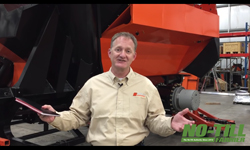
New Developments with a New COO at Tribine Harvester
In October, we caught up with James Shurts, the new COO of Tribine Harvester, speaking from their headquarters in Newton, Kan. In this 6-minute video, James discusses the features of the Tribine T1000, a machine that will eliminate the need for a tractor and a grain cart at harvest. The unit can unload a full load of grain in 2 minutes. Supplemental footage from the field shows the T1000 in action.
Most Viewed Video
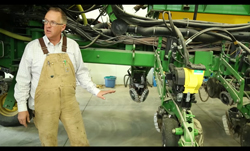
Iowa Corn: Steve Berger’s No-Till Planter
Few news items interest the No-Till Farmer audience more than learning about planter setups of fellow no-tillers. In this 12-minute video, corn farmer Steve Berger explains his planter from row cleaners to drag chains and everything in between. Insights on why he changed his depth gauge wheel to why he uses a ‘y-splitter’ to apply nitrogen make this an engaging overview.
Most Downloaded eGuide
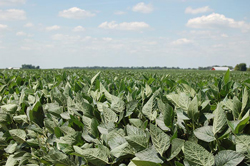
Growing High-Yield No-Till Soybeans
There’s a common perception that soybean yields have reached a plateau. In fact, some farmers are growing soybeans primarily for the crop rotation benefits. But experts know that the cost of raising soybeans isn’t nearly as much as corn, and focusing on better soybean yields may provide better profits. This year’s most popular eGuide lays out the foundation for getting no-till soybeans off to a great start, protecting them from pests and diseases, and harvesting the best yields ever. The eGuide also shares soybean fertility tips and practices, and how to select the right varieties. With advice straight from agronomists and top-notch experts, no wonder this eGuide was so popular in 2018.
Most Listened-To Podcast
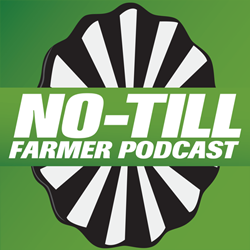
Healthy Plants Grow in Healthy Soils — and Understanding Why That Is
The term “regenerative agriculture” is all the rage these days, but the fact is no-tillers have been practicing regenerative ag for decades. The world is catching up and has turned its collective eye toward soil health as a way of understanding the complex interactions between crops and the environment.
In this podcast, sponsored by Yetter Mfg., Jill Clapperton, principal scientist at Rhizoterra, helps listeners better understand the interactions between plants, soil and soil organisms. She discusses the critters at work underground and how no-till stabilizes the soil habitat so plants can use nutrients effectively.
While you’re listening to the podcast, be sure to check out the accompanying PDF (find it on the same page as the podcast) from Jill’s talk at the 2015 National No-Tillage Conference.
Most Read Blog
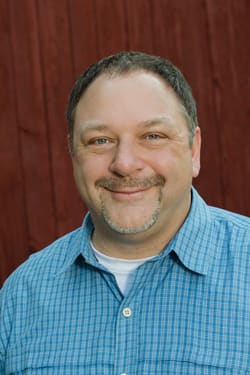
A Way Forward for the “2 Percenters”
No, it’s not a story about the richest people around, but rather about the percent of people in the U.S. that ecologist Allan Savory believes favor science-based agriculture. This blog by No-Till Farmer Senior Editor John Dobberstein explains Savory’s assertion that the concepts these “2 percenters” support — sustainable, organic, grass-fed, permaculture, regenerative agriculture — are key to preventing or reversing land degradation in the face of increasing world population.
This blog goes hand-in-hand with Savory’s feature article, Moving U.S. Pastures, Grasslands from “Desertification” to Holistic Management.
Most Read Dryland No-Tiller Article

Moving U.S. Pastures, Grasslands from “Desertification” to Holistic Management
“Don’t’ be afraid of mistakes. The only mistake you can make is not changing.” So says ecologist Allan Savory, co-founder of the Savory Institute, an organization intent on promoting large-scale restoration of the world’s grasslands.
Taking a fresh look at common farming practices, his assessment of the solution to the “desertification” of the landscape is, in part, adding more livestock to reintroduce the natural symbiosis of plants and animals and encourage re-growth of carbon-sequestering grasslands. USDA training in the concepts set forth by Savory were actually banned by the second Reagan administration — find out why in this must-read article.
Top Strip-Till Story (video)
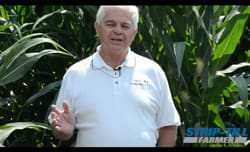
60-inch Corn: Fact of Fiction?
Growing corn on 60-inch rows may seem counter-intuitive in this day of ever-narrowing corn rows. But researcher Bob Recker explains how some farmers are experimenting with this new approach.
Early results show no loss of yield and better integration of cover crops due to improved sun exposure. Naturally, challenges exist — namely weed pressure — but Bob's guidelines can get you started.
Most Read Online No-Till News Article
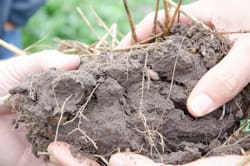
Can I Increase Soil Organic Matter by 1 Point This Year?
One of the questions no-tillers wrestle with is how to best measure soil improvement, and one of the most common ways is measuring soil organic matter. In this article, Sjoerd Duiker of Penn State University Extension examines whether or not it is realistic to try to increase soil organic matter by 1 percentage point in a year.
Duiker breaks down how soil organic matter is created and measured and explains why it will take more than 1 year to achieve a 1-point increase. This lead to No-Till Farmer developing a two-part podcast which can also be found on our website.
Most Viewed Webinar
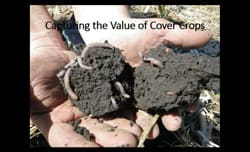
Capturing the Full Value of Cover Crops, Perennial Pastures
Our most-watched webinar of the year, sponsored by Truax Co., examines how to get the full value of cover crops through grazing and expanding cash crop rotation. This webinar was hosted by no-tiller Gabe Brown of Brown’s Ranch in Bismarck, N.D., who shares the value of integrating animals into your cropping system, adjustments to drills and seed rates for improved cover crop stands and more.

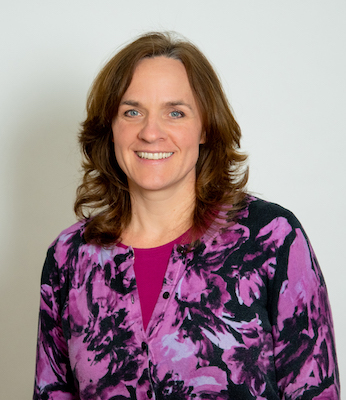





Post a comment
Report Abusive Comment